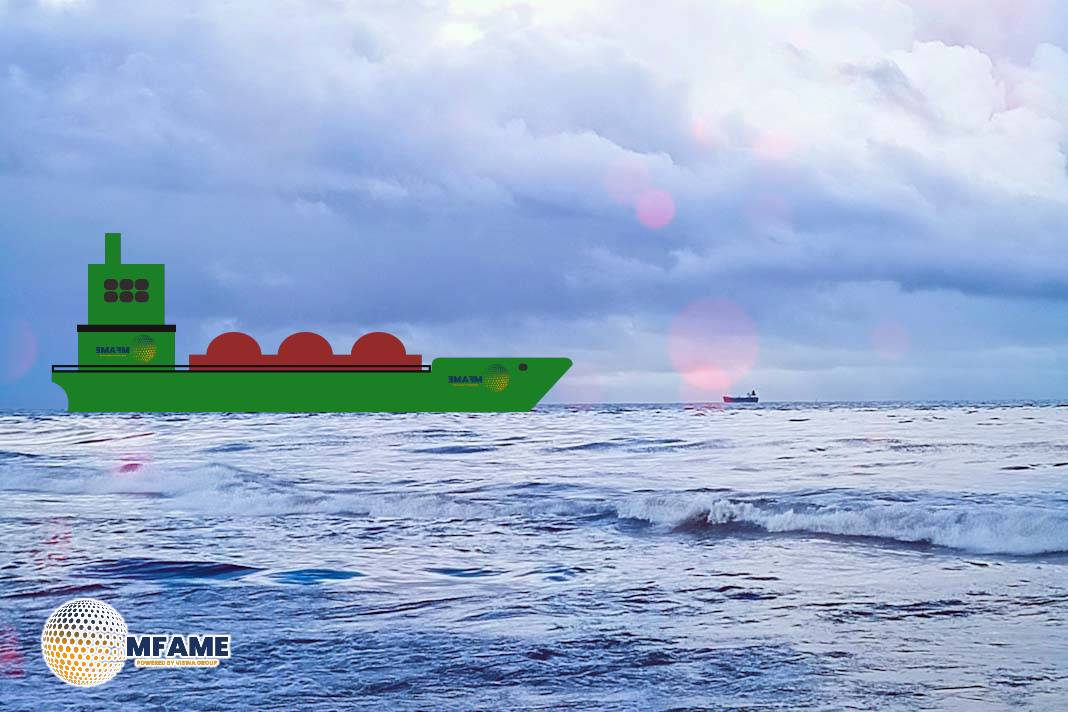 As global trade patterns shift, top ocean carriers are redeploying ultra-large container vessels (ULCVs) from traditional east-west lanes to emerging north-south and regional routes. New data reveals significant changes in average vessel size on key trade lanes, signaling evolving priorities and growing port capabilities in regions like West Africa and the Middle East/Indian Subcontinent (ISC).
As global trade patterns shift, top ocean carriers are redeploying ultra-large container vessels (ULCVs) from traditional east-west lanes to emerging north-south and regional routes. New data reveals significant changes in average vessel size on key trade lanes, signaling evolving priorities and growing port capabilities in regions like West Africa and the Middle East/Indian Subcontinent (ISC).
Far East–North Europe Remains the Largest, But Sees a Slight Dip
Despite some fleet redistribution, the Far East–North Europe trade continues to lead in vessel size. The Top 10 carriers deploy ships with an average capacity of 18,018 TEU, including 133 ‘Megamax’ vessels over 18,000 TEU.
However, this marks a modest decline (-1.9%) from last year’s 144 Megamax ships, driven primarily by MSC’s decision to reassign its largest vessels elsewhere.
West Africa Emerges as a Key Growth Market for Bigger Ships
The most notable change comes on the Far East–West Africa route, where MSC has begun deploying 24,000 TEU ships. This strategic move has pushed the average vessel size up by 28.1%, from 6,343 TEU to 8,127 TEU—enough to bring the trade into the global Top 10 for vessel size for the first time.
This shift reflects both growing demand and increased port readiness in West Africa, indicating the region’s rising profile in global shipping.
Bigger Ships Now Common on Europe–Middle East/ISC Services
Another area of expansion is the Europe–Middle East–Indian Subcontinent trade lane, where Gemini Cooperation, MSC, and COSCO SHIPPING have all introduced larger tonnage.
The number of 12,500+ TEU vessels on this route has more than doubled in a year, rising from 20 to 41 units, a clear sign of strong regional trade volumes and enhanced port infrastructure supporting ULCVs.
The reallocation of megaships by major carriers is reshaping global shipping dynamics. While Far East–North Europe remains dominant, the rapid vessel upsizing on routes to West Africa and the Middle East/ISC reflects strategic growth bets and infrastructure investments in emerging regions. As MSC continues to shift its biggest ships and others follow suit, the landscape of global maritime trade is undergoing a notable transformation.
Did you subscribe to our daily Newsletter?
It’s Free Click here to Subscribe!
Source: LinkedIn

















